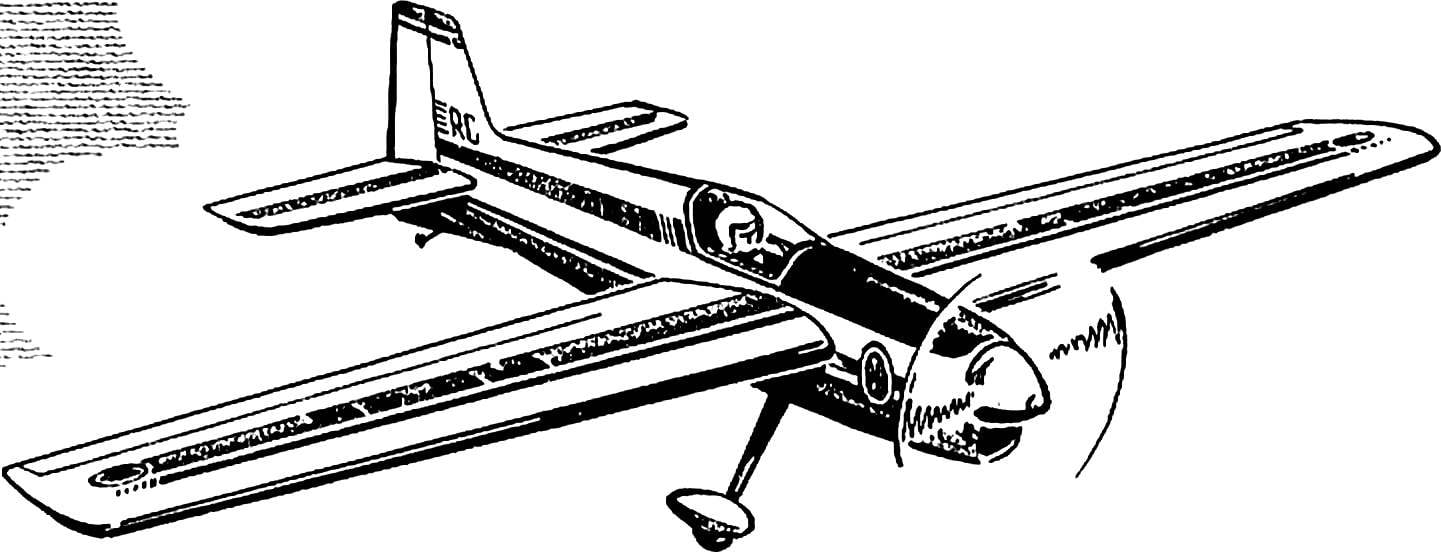 We offer the only pilots model championship class F3A built in 1990. She passed the “test” in different Championships and helped the designer master of sports of the USSR Viktor Mandrik become the first in the championship of the RSFSR in 1990, and the national championship to win silver.
We offer the only pilots model championship class F3A built in 1990. She passed the “test” in different Championships and helped the designer master of sports of the USSR Viktor Mandrik become the first in the championship of the RSFSR in 1990, and the national championship to win silver. One of the features of the model is the possibility of its disassembly. All the details for transportation fit into a “suitcase” size 200X540X900 mm, where both houses the equipment and launching equipment. Weight of fully equipped “suitcase” does not exceed 10 kg.
It should be noted the increased flight weight of the model itself — it is equal to 4290 g. Such a large value is fully justified when flying in strong gusty wind, heavy “pilotage” responds less to gusts and atmospheric turbulence. By the way, now abroad, a trend increase in the flight weight models in their class to 4,600 g.
Naturally, for such apparatus is required and a more powerful engine. The solution is to use dlinnobaznaya two-stroke motor or in the transition to chetyrehkantnyj working volume of 20 cm3. The proposed model was originally established engine “Moki” Hungarian production. But then it was replaced by the long stroke TC-10 of the company “Master” from the city of Yaroslavl. Comparing both options, it is necessary to note the undoubted advantages over the past. The long stroke engine provides longer vertical in the figures, there was a marked feeling of lightness of flight. Auditory perception was pleasant, and understandably disappeared high frequency components of sound, as TK-10 runs at speeds approximately equal to 12 000 Rev/min. During the debugging of a model, particular attention is paid to the air screw. The parameters 280X250 mm (diameter X pitch), mahogany (gives good results and birch).
